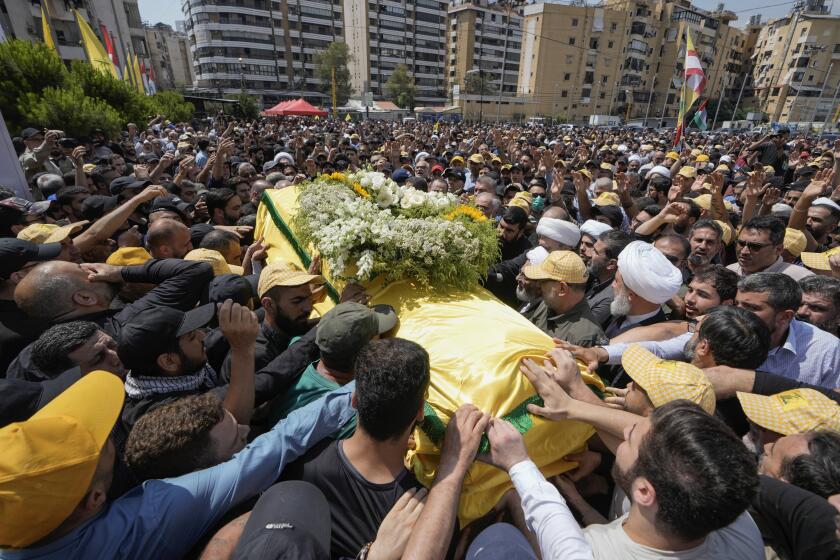PERSEVERANCE
PERSEVERANCE
When Enrique’s mother left, he was a child. Six months ago, the first time he set out to find her, he was still a callow kid. Now he is a veteran of what has become a perilous children’s pilgrimage to the north.
Every year, experts say, an estimated 48,000 youngsters like Enrique from Central America and Mexico enter the United States illegally and without either of their parents. Many come looking for their mothers. They travel any way they can, and thousands ride the tops and sides of freight trains.
 They leap on and off rolling train cars. They forage for food and water. Bandits prey on them. So do street gangsters deported from Los Angeles, who have made the train tops their new turf. None of the youngsters have proper papers. Many are caught by the Mexican police or by la migra, the Mexican immigration authorities, who take them south to Guatemala.
They leap on and off rolling train cars. They forage for food and water. Bandits prey on them. So do street gangsters deported from Los Angeles, who have made the train tops their new turf. None of the youngsters have proper papers. Many are caught by the Mexican police or by la migra, the Mexican immigration authorities, who take them south to Guatemala.
Most try again.
Like many others, Enrique has made several attempts.
The first: He set out from Honduras with a friend, Jose del Carmen Bustamante. They remember traveling 31 days and about 1,000 miles through Guatemala into the state of Veracruz in central Mexico, where la migra captured them on top of a train and sent them back to Guatemala on what migrants call el bus de lagrimas, the bus of tears. These buses make as many as eight runs a day, deporting more than 100,000 unhappy passengers every year.
 The second: Enrique journeyed by himself. Five days and 150 miles into Mexico, he committed the mistake of falling asleep on top of a train with his shoes off. Police stopped the train near the town of Tonala to hunt for migrants, and Enrique had to jump off. Barefoot, he could not run far. He hid overnight in some grass, then was captured and put on the bus back to Guatemala.
The second: Enrique journeyed by himself. Five days and 150 miles into Mexico, he committed the mistake of falling asleep on top of a train with his shoes off. Police stopped the train near the town of Tonala to hunt for migrants, and Enrique had to jump off. Barefoot, he could not run far. He hid overnight in some grass, then was captured and put on the bus back to Guatemala.
The third: After two days, police surprised him while he was asleep in an empty house near Chahuites, 190 miles into Mexico. They robbed him, he says, and then turned him over to la migra, who put him, once more, on the bus to Guatemala.
 The fourth: After a day and 12 miles, police caught him sleeping on top of a mausoleum in a graveyard near the depot in Tapachula, Mexico, known as the place where an immigrant woman had been raped and, two years before that, another was raped and stoned to death. La migra took Enrique back to Guatemala.
The fourth: After a day and 12 miles, police caught him sleeping on top of a mausoleum in a graveyard near the depot in Tapachula, Mexico, known as the place where an immigrant woman had been raped and, two years before that, another was raped and stoned to death. La migra took Enrique back to Guatemala.
The fifth: La migra captured him as he walked along the tracks in Queretaro, north of Mexico City. Enrique was 838 miles and almost a week into his journey. He had been stung in the face by a swarm of bees. For the fifth time, immigration agents shipped him back to Guatemala.
The sixth: He nearly succeeded. It took him more than five days. He crossed 1,564 miles. He reached the Rio Grande and actually saw the United States. He was eating alone near some railroad tracks when migra agents grabbed him. They sent him to a detention center, called El Corralon, or the corral, in Mexico City. The next day they bused him for 14 hours, all the way back to Guatemala.
 It was as if he had never left.
It was as if he had never left.
This is his seventh try, and it is on this attempt that he suffers the injuries that leave him in the hands of the kind people of Las Anonas.
Here is what Enrique recalls:
It is night. He is riding on a freight train. A stranger climbs up the side of his tanker car and asks for a cigarette.
Trees hide the moon, and Enrique does not see two men who are behind the stranger, or three more creeping up the other side of the car. Scores of migrants cling to the train, but no one is within shouting distance.
One of the men reaches a grate where Enrique is sitting. He grabs Enrique with both hands.
Someone seizes him from behind. They slam him face down.
All six surround him.
Take off everything, one says.
Another swings a wooden club. It cracks into the back of Enrique’s head.
Hurry, somebody demands. The club smacks his face.
Enrique feels someone yank off his shoes. Hands paw through his pants pockets. One of the men pulls out a small scrap of paper. It has his mother’s telephone number. Without it, he has no way to locate her. The man tosses the paper into the air. Enrique sees it flutter away.
The men pull off his pants. His mother’s number is inked inside the waistband. But there is little money. Enrique has less than 50 pesos on him, only a few coins that he has gathered begging. The men curse and fling the pants overboard.
The blows land harder.
“Don’t kill me,” Enrique pleads.
His cap flies away. Someone rips off his shirt. Another blow finds the left side of his face. It shatters three teeth. They rattle like broken glass in his mouth.
One of the men stands over Enrique, straddling him. He wraps the sleeve of a jacket around Enrique’s neck and starts to twist.
Enrique wheezes, coughs and gasps for air. His hands move feverishly from his neck to his face as he tries to breathe and buffer the blows.
“Throw him off the train,” one man yells.
 Enrique thinks of his mother. He will be buried in an unmarked grave, and she will never know what happened.
Enrique thinks of his mother. He will be buried in an unmarked grave, and she will never know what happened.
“Please,” he asks God, “don’t let me die without seeing her again.”
The man with the jacket slips. The noose loosens.
Enrique struggles to his knees. He has been stripped of everything but his underwear. He manages to stand, and he runs along the top of the fuel car, desperately trying to balance on the smooth, curved surface. Loose tracks flail the train from side to side. There are no lights. He can barely see his feet. He stumbles, then regains his footing.
In half a dozen strides, he reaches the rear of the car.
The train is rolling at nearly 40 mph. The next car is another fuel tanker. Leaping from one to the other at such speed would be suicidal. Enrique knows he could slip, fall between them and be sucked under.
He hears the men coming. Carefully, he jumps down onto the coupler that holds the cars together, just inches from the hot, churning wheels. He hears the muffled pop of gunshots and knows what he must do. He leaps from the train, flinging himself outward into the black void.
He hits dirt by the tracks and crumples to the ground. He crawls 30 feet. His knees throb.
Finally, he collapses under a small mango tree.
Enrique cannot see blood, but he senses it everywhere. It runs in a gooey dribble down his face and out of his ears and nose. It tastes bitter in his mouth. Still, he feels overwhelming relief: The blows have stopped.
He recalls sleeping, maybe 12 hours, then stirring and trying to sit. His mind wanders to his mother, then his family and his girlfriend, Maria Isabel, who might be pregnant. “How will they know where I have died?” He falls back to sleep, then wakes again. Slowly, barefoot and with swollen knees, he hobbles north along the rails. He grows dizzy and confused. After what seems to be several hours, he is back again where he began, at the mango tree.
Just beyond it, in the opposite direction, is a thatched hut surrounded by a white fence.
It belongs to field hand Sirenio Gomez Fuentes, who watches as the bloodied boy walks toward him.
| [ Return to Top ] | NEXT: A MISTAKE |
More to Read
Sign up for Essential California
The most important California stories and recommendations in your inbox every morning.
You may occasionally receive promotional content from the Los Angeles Times.










